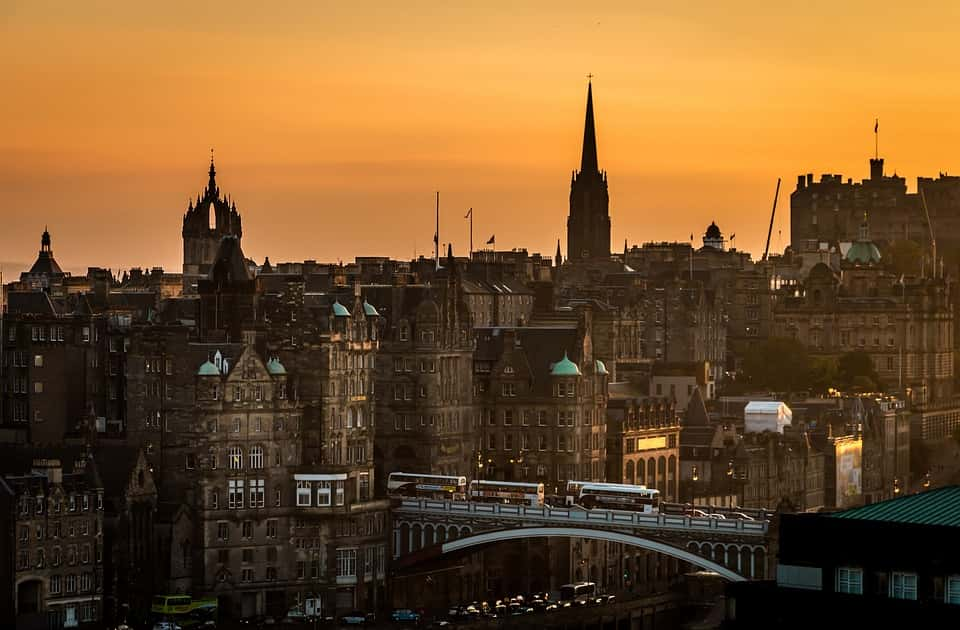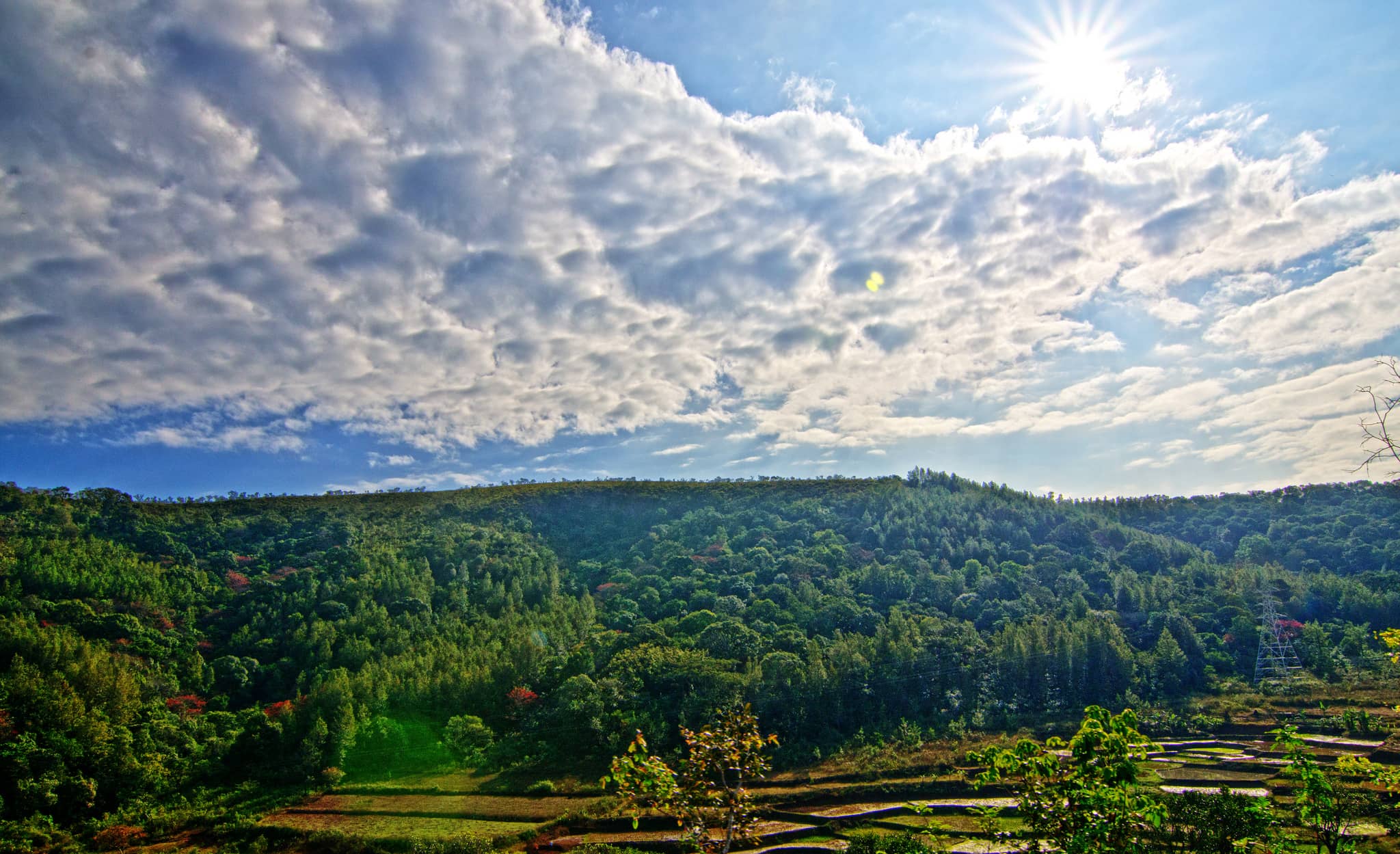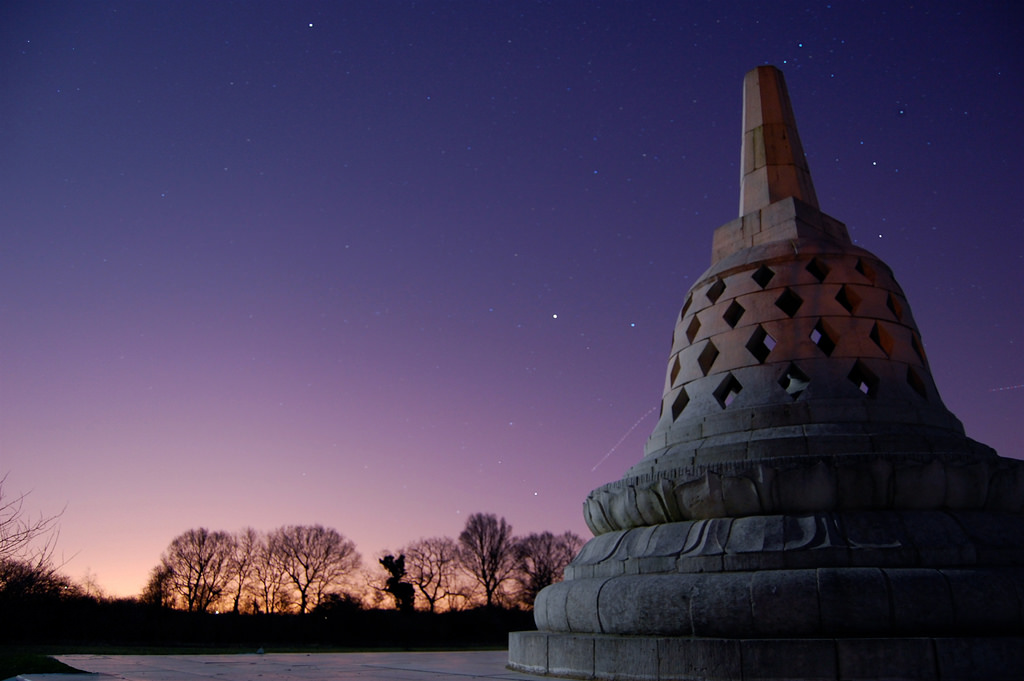Edinburgh is the small, hilly capital city of Scotland. It’s known for its historic Old Town and its beautiful Georgian New Town, filled with green spaces and classic-style buildings. At the heart of the city stands Edinburgh Castle, where you can see Scotland’s crown jewels and the famous Stone of Destiny, once used in royal coronations.
Not far away, Arthur’s Seat—an old volcano in Holyrood Park—offers amazing views of the city. Calton Hill, another popular spot, is topped with monuments and memorials. The Royal Mile, a historic street full of shops selling tartans, whisky, and souvenirs, stretches from the castle all the way to Holyrood Palace, the royal family’s official residence in Scotland.
Edinburgh is also a city of art and culture. The Scottish National Galleries feature artwork from both Scottish and European artists, including portraits of well-known Scots. Princes Street is the main shopping area, home to the famous Jenners Department Store with its beautiful glass ceiling.
In summer, the city comes alive with world-famous festivals. The Edinburgh International Festival and the more creative and quirky Fringe Festival attract artists and visitors from all over the world. Down by the water in Leith, you’ll find great places to eat—from fancy seafood restaurants to classic fish and chip shops.
Edinburgh – places to visit in Edinburgh
Edinburgh Castle
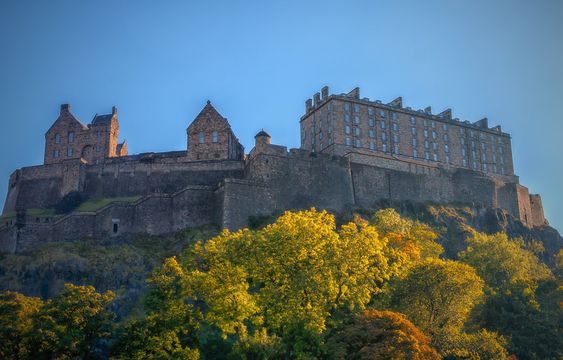
Edinburgh Castle has a rich and complex history that spans over a thousand years. It has served many purposes, including being a royal residence, a military stronghold, and a symbol of Scotland’s power. The castle’s architecture is a mix of different styles and periods, reflecting its long history. The Crown Square is home to the Stone of Destiny and Scotland’s Crown Jewels, both used in royal coronations.
National Museum of Scotland

The National Museum of Scotland’s history dates back to the 18th century when various collections were brought together to showcase Scotland’s treasures. The current museum, after extensive renovations, officially reopened in 2011. The museum tells Scotland’s story with objects like items from Mary, Queen of Scots and Bonnie Prince Charlie.
Arthur’s Seat
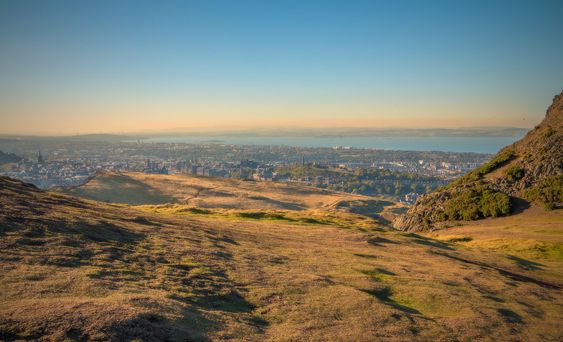
Arthur’s Seat is a large hill in the middle of the city. It’s not too difficult to reach the top, but some areas can be a little challenging. For those who want an easier walk, there are shorter trails with well-maintained paths. The hill rises 251 meters (823 feet) above sea level, offering great views of Edinburgh despite its moderate height.
Scotch Whisky Experience
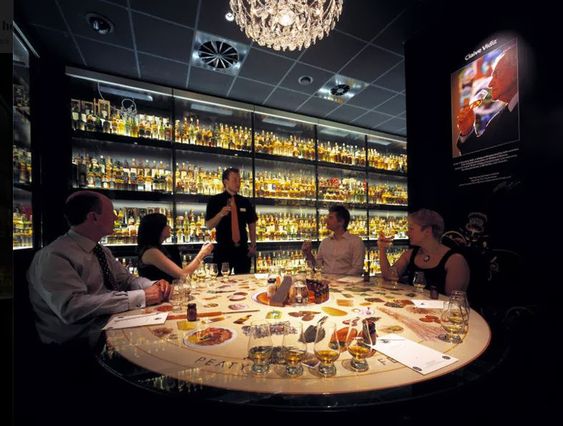
The Scotch Whisky Experience is accessible to all visitors, including those with mobility issues. It offers interactive guided tours where you can learn about the whisky-making process, different whisky regions in Scotland, and the culture of Scotch whisky. The tours include videos, displays, and hands-on activities that provide a fun and informative experience.
Mary King’s Close
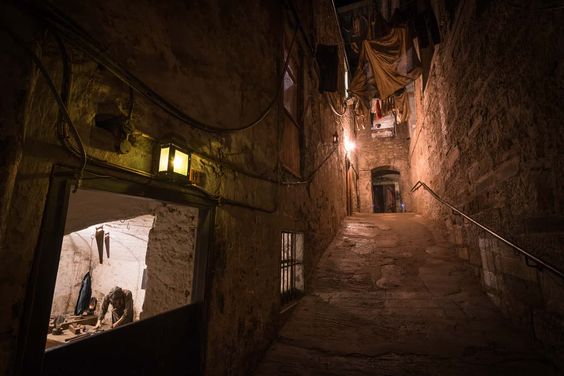
Mary King’s Close was a busy area in the city in the 17th century, where a woman named Mary King, a merchant’s widow, lived. The area was full of people and businesses. Today, the site has made efforts to be accessible to those with mobility challenges, although some parts might be difficult to visit because of its historical and underground nature.
Calton Hill

Calton Hill offers amazing views of Edinburgh, and there are paths that make it easier for people with mobility issues to reach the top. The hill hosts several events and festivals throughout the year, including the famous Beltane Fire Festival, which celebrates Celtic traditions.
Scott Monument
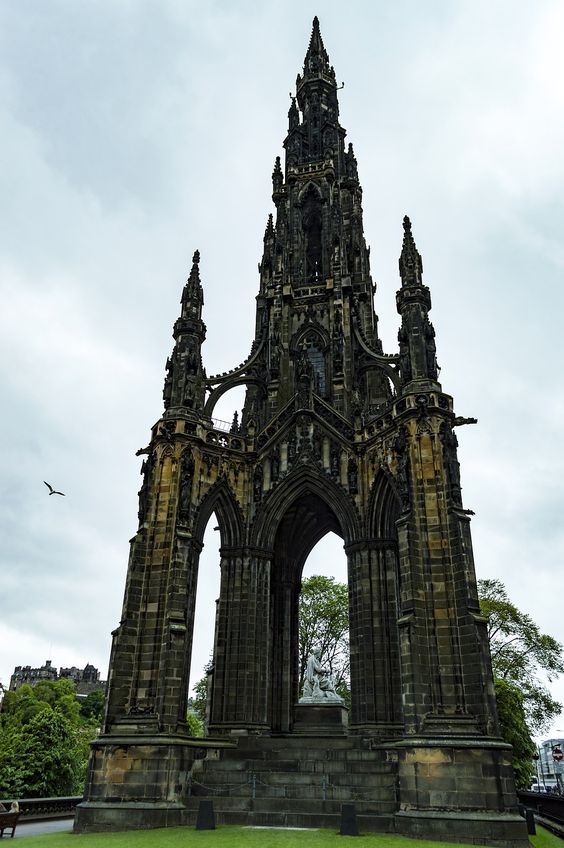
The Scott Monument is dedicated to the life and works of Sir Walter Scott, the famous Scottish author. Inside the monument, there is a small museum about his literary achievements. To reach the top for a view of the city, visitors must climb narrow steps, which might be difficult for those with mobility issues.
Our Dynamic Earth

Our Dynamic Earth is a museum focused on the planet’s natural history and climate change. It helps visitors understand the science behind climate change and encourages people to think about how they can reduce its effects. The museum also hosts school groups and offers educational activities for students and teachers interested in earth sciences.
Nelson Monument

The Nelson Monument honors Admiral Lord Nelson’s victory and death at the Battle of Trafalgar in 1805. It also served as a signal tower for ships in the Firth of Forth. The monument is accessible to visitors with mobility challenges, though the climb to the top may not be suitable for everyone.
Holyrood Palace

The Holyrood Palace originally began as a monastery in the 12th century, before becoming a royal residence. Over time, it has served many purposes, including hosting royal ceremonies and major events. Visitors can tour the State Apartments, which are beautifully decorated and used for official ceremonies. Some highlights include the Throne Room, the Great Gallery, featuring portraits of Scottish kings and queens, and the Morning Drawing Room.
Best Time To Visit Edinburgh
The best time to visit Edinburgh depends on your preferences for weather, events, and how busy the city is. Here’s a breakdown of what to expect each season, so you can choose the time that suits you best.
Summer (June to August)
Pros: Summer in Edinburgh is generally warm and pleasant, making it the most popular time to visit. The long daylight hours are perfect for outdoor activities. The Edinburgh Festival Fringe, one of the world’s biggest arts festivals, takes place in August, bringing a fun and lively atmosphere to the city.
Cons: Since it’s festival season, Edinburgh can get crowded, and hotel prices tend to be higher. The weather can also be unpredictable, with cooler evenings and occasional rain.
Spring (March to May)
Pros: Spring is a lovely time to visit because of the cooler temperatures and beautiful blooming flowers. It’s also less crowded, so you can enjoy the city in peace.
Events: The Edinburgh International Science Festival is held in April, offering interesting scientific exhibitions and activities.
Cons: The weather can be unpredictable, so it’s best to dress in layers and be prepared for some rain.
Autumn (September to November)
Pros: September is a great time to visit as the weather is mild, and there are fewer tourists. The parks and green spaces in the city look beautiful with autumn leaves.
Events: The Scottish International Storytelling Festival and the Edinburgh International Festival take place in September, offering plenty to see and do.
Cons: By October and November, temperatures drop, and daylight hours get shorter. You can also expect more rain.
Winter (December to February)
Pros: Winter is a magical time to visit Edinburgh, especially during the holiday season. The city is decorated with Christmas lights and hosts festive markets. The famous Hogmanay (New Year’s) celebrations feature street parties, concerts, and fireworks.
Cons: The weather is cold, and there might be snow. Daylight hours are shorter, and accommodation can be expensive around the holidays.
